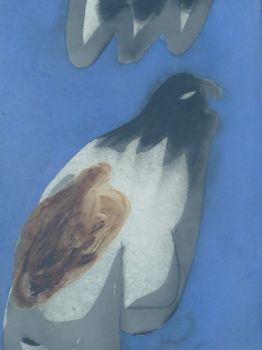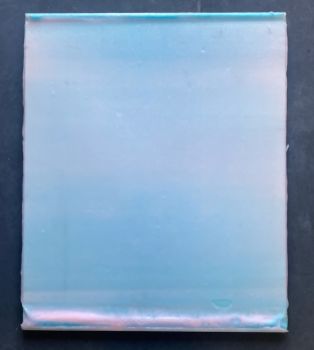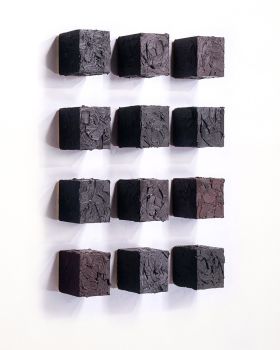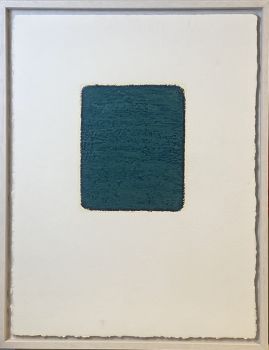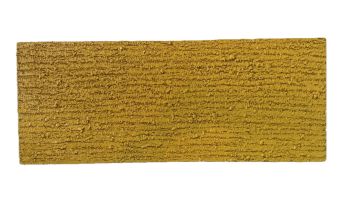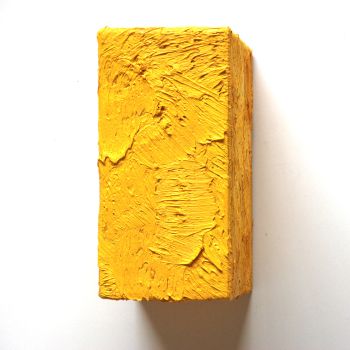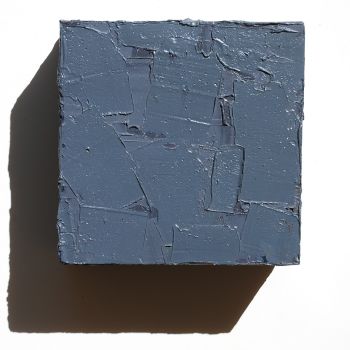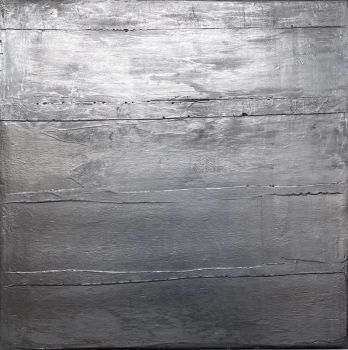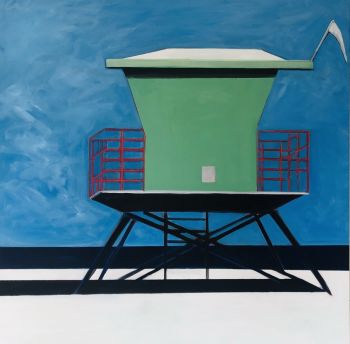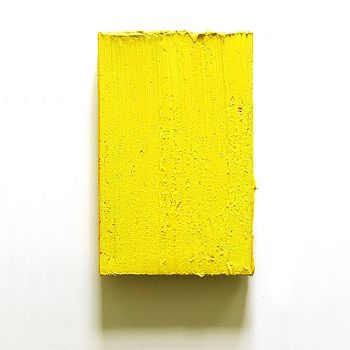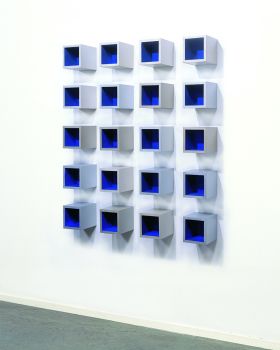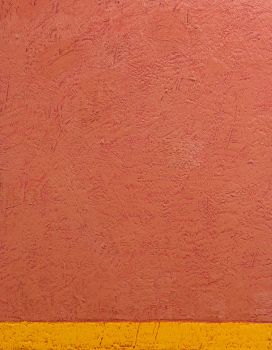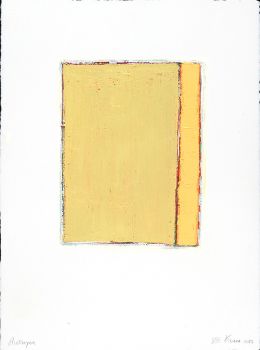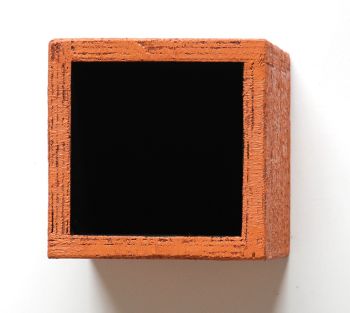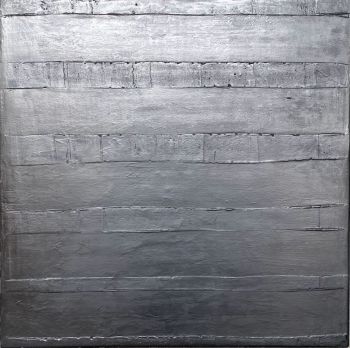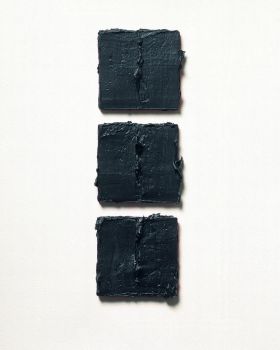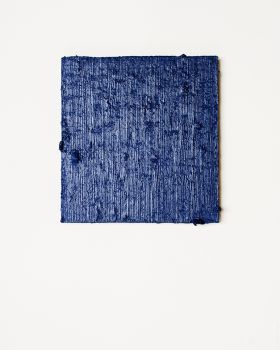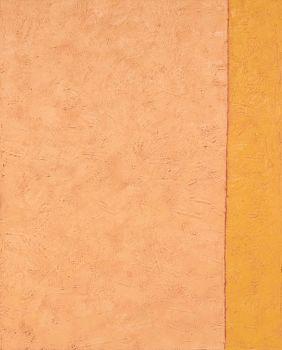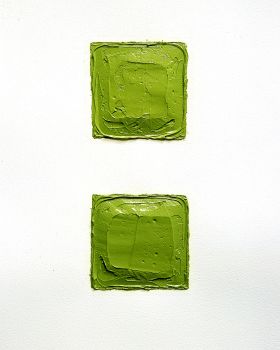About the artist
Lawrence Charles Weiner (February 10, 1942 – December 2, 2021) emerged as a pivotal American conceptual artist, playing a crucial role in the advent of conceptual art during the 1960s. Renowned for his typographic texts, Weiner's creations bridged the realms of word art and conceptual expression.
Born in Manhattan to Toba (Horowitz) and Harold Weiner, who ran a candy store, Lawrence Weiner's journey into the art world was anything but conventional. A precocious student, he graduated from Stuyvesant High School at 16 and briefly explored philosophy and literature at Hunter College.
His early career was marked by a series of diverse jobs—from working on an oil tanker to laboring on docks and unloading railroad cars. This period of exploration and varied experiences culminated in extensive travels across North America, eventually leading Weiner back to New York, where his artistic path took a definitive turn.
Weiner is celebrated as a foundational figure in the Postminimalism movement and Conceptual art, aligning with contemporaries such as Douglas Huebler, Robert Barry, Joseph Kosuth, and Sol LeWitt. His artistic debut, a public work titled "Cratering Piece" at the age of 19, showcased his early fascination with the transformative power of explosions to create craters in the California landscape, a practice he continued for six years. These early experiments with landscape and form evolved into a nuanced exploration of the relationship between action, language, and interpretation.
In 1968, Weiner articulated his "Declaration of Intent," a manifesto that encapsulated the essence of Conceptual art through three tenets: the artist's role in construction, the possibility of fabrication by others, and the non-necessity of physical creation. This declaration underscored the importance of the idea over the physical artifact, a principle that would define Weiner's career.
Weiner's "Statements" (1968), a seminal book, further illustrated his innovative approach to art. The book comprised texts that described hypothetical projects, blurring the lines between sculpture and language. His contributions to Seth Siegelaub's "Xeroxbook" and the avant-garde journal 0 to 9 underscored his commitment to exploring the materiality of language and the sculptural potential of words.
Weiner's later work expanded into wall installations, video, film, books, sound art, sculpture, performance art, installation art, and graphic art, maintaining his focus on language as a sculptural element. His installations, such as the site-specific "SOME LIMESTONE SOME SANDSTONE ENCLOSED FOR SOME REASON" (1993), and his participation in projects like "Personal Structures Time-Space-Existence," showcased his enduring interest in the interaction between text, space, and audience.
Lawrence Weiner's contributions to conceptual art are profound, marked by a relentless pursuit of the idea that art resides not just in physical objects but in the realm of language and thought. His work invites viewers to engage with art on a conceptual level, challenging traditional notions of creation and perception. Through his innovative use of language as material, Weiner has left an indelible mark on the landscape of contemporary art, inspiring future generations to explore the boundaries between word and object, idea and existence.

!["SKIMMING THE WATER [MENAGE A QUATRE]" Signed book plus small artwork by LAWRENCE WEINER](https://media-2.gallerease.com/images/442bfd5f-fc31-4e18-a2fa-ee0c08eade64/350x350/skimming-the-water-menage-a-quatre-signed-book-plus-small-artwork.jpg)
